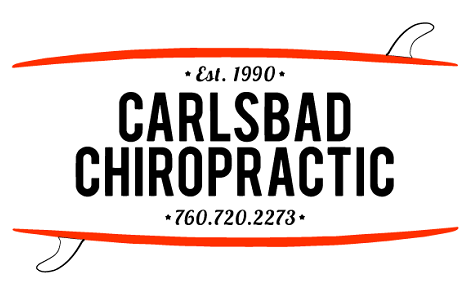What To Do Immediately?
Low back pain (LBP) will most likely be felt at some point for all of us, at least which statistically happens. How we “deal with it” initially can be critical in its progression or discontinuance of your pain. Here are helpful things to do when this happens to you.
STOP: The most important thing you can do is stop what you are doing. That is, if you’re “lucky enough” to be pre-warned before the breaking point of LBP strikes. This step can be critical as once it hurts “too much,” it may be too late to quickly reverse the process. The “cause” of LBP is often cumulative, meaning it occurs gradually over time, usually from repetitive motion that overloads the region. As stated previously, “If you’re lucky” you’ll be warned BEFORE LBP becomes a disabling/preventing activity. Typically, when the tissues in the low back are over-stressed and initially injured, the nerve endings in the injured tissue trigger muscle guarding as a protective mechanism. This reflex “muscle spasm” restricts blood flow resulting in more pain creating a vicious cycle that needs to be stopped.
REACT: You’ll need to determine the position that reduces your LBP. Once established, you can perform exercises to help mitigate your back pain. To make this work, you must be able to perform these exercises in public without drawing too much attention so you can feel comfortable doing them at any time at any place.

